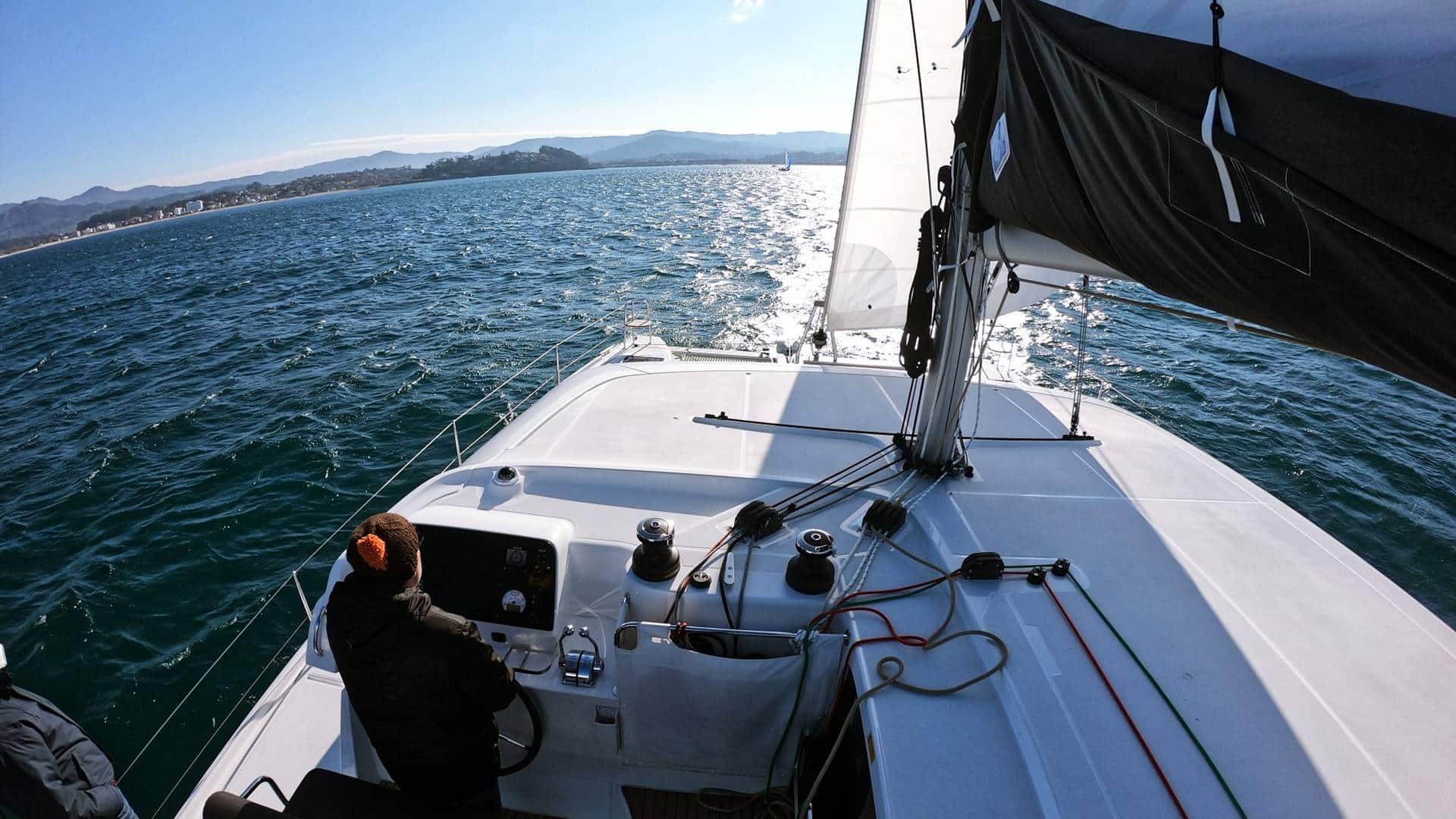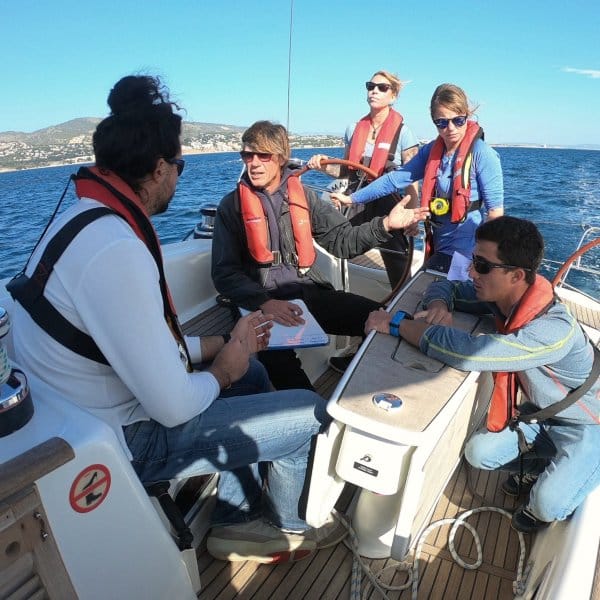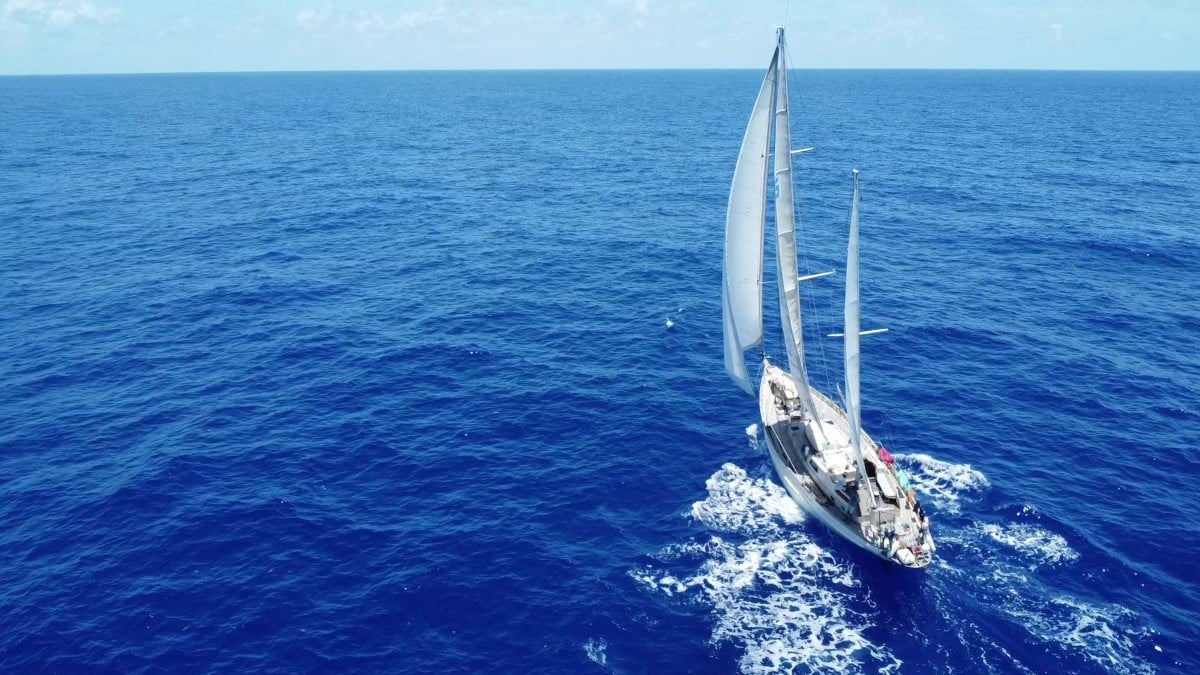
What time of the year is the best time to practice sailing?
Recent articles
Ocean Sailing: an adventure without limits
When we think of sailing, a sunny, warm day on the way to an idyllic beach comes to mind. Summer is undoubtedly the best time of the year to enjoy the sea.
But in Julio Verne Náutica we are clear that is not the same to enjoy the sea than to learn, that’s why we have a saying “learn in winter and enjoy in summer”, and today we want to tell you the reasons why we recommend our students not to leave the sea.and today we want to tell you the reasons why we recommend to our students not to leave the sailing practices for the summer months.
In summer, limited experience to sail with confidence
As many of you know, the greatest difficulty when steering a boat are mainly the waves and to a lesser extent the strong wind.. Unfortunately, to feel comfortable with 1 meter of wave and 15 knots, it is necessary to practice beforehand with two meters of wave and 20 knots. Y in summer it is not usual to find these conditions.
Sailing during the summer months is obviously easier. The usual sailing conditions in the Rías Baixas are light thermal winds of less than 10 knots in the morning and late afternoon (terral and virazón), no wind at midday, and about 15 knots of wind in the afternoon (nortada). All this with very small swell outside the estuaries, or wind sea of no more than 1.5 meters. Ideal for leisure without complications or as we affectionately call it: captain “tortilla”.
Therefore, a skipper accustomed to sailing in light weather conditions will be comfortable and confident at this time. But will not be prepared in the event that conditions change and become more demanding. If you are caught in a storm, you will find yourself lost and uncomfortable in navigation.
Winter, ideal for acquiring better nautical skills
As in winter there are more demanding conditions, more wind and bigger waves, if we choose this time of year to practice we can improve our skills much more consistently and skills much more consistently and quickly.
A recurring question from our students is often asked: from what conditions do we consider that we have bad weather? This will depend on many factors: course, type of boat, length, duration of the voyage… But a good answer would be those conditions in which, as a skipper, you are not comfortable and confident. Learning to sail in winter will ensure that these conditions do not occur.
This is how we could summarize the advantages of sailing out of summer:
- Dramatic increase in confidence of the employer.
- Better conditions for learning and teach. With waves and wind outside the estuaries, milder conditions inside, and a transition zone between both areas that allows us to progressively increase the difficulty.
- Meteorological variety that allows to better understand navigation conditions, as well as to foresee and act in case of unexpected situations. and to anticipate and respond to unexpected situations..
- In low season sailing is less stressful, there are very few boats sailing and anchoring in ports and beaches. In addition, places like the Atlantic Islands National Park will be at your disposal.
Sailing in winter also has its handicapslogically. One of them is bad weather, but inside the Rías Baixas we are protected so this factor would not be a major concern. It is true that it will be colder, but we solve this by wearing appropriate clothing. Nobody goes to the snow in jeans and yet many sailors do not equip themselves properly before launching into the sea. On the other hand, the days are shorter. But this circumstance will allow us to practice night sailing without having to stay up all night. Many skippers would say that a day with a 20 knot wind and two meters of wave is not a fun day, however, many other skippers will find it a perfect day to enjoy the sport of sailing.
So the best advice we can give you is learn in winter and enjoy in summer! Galicia is considered to be the best sailing area in the Iberian Peninsulabecause the estuaries provide a safe space to sail all year round, with calm winds and calm waters.. So if you choose Julio Verne Náutica and the Rias Baixas for your sailing practice, you are guaranteed to enjoy Easy Sailing conditions no matter what time of the year!




Comments are closed for this article!